U.S. President DonaldTrump often dominates headlines with his harsh immigration policies, unpredictable foreign moves, and global tariffs.
While Trump seems particularly ruthless, history shows a far bloodier side of America, where presidents made choices that cost hundreds of thousands of lives, leaving devastation in their wake.
- BP Daily ranks the top ten American presidents who waged war like no other.
- Ronald Reagan’s military engagements included deploying Marines to Lebanon and invading Grenada.
- Woodrow Wilson led the U.S. into WWI in 1917 after years of neutrality, costing over 116,000 American lives.
- Harry S. Truman authorized atomic bombs in WWII, killing around 200,000, and led the US into the Korean War.
- Barack Obama conducted more air strikes in the War on Terror than any predecessor, authorized the killing of Bin Laden, and intervened in Libya and Syria with mixed outcomes.
Below, we rank the 10 U.S. presidents who waged war like no other, revealing the true human cost behind the power of the Oval Office.
10. Ronald Reagan (1981-1989)
Image credits: Getty Images
Ronald Reagan took power while the Lebanese Civil War was ongoing, with two Lebanese factions being backed by Syria and Israel. Around the same time, the Reagan administration worried that a conflict might break out between Israel and the Palestine Liberation Organization.
American Marines were deployed in Lebanon from 1982 to 1984 as part of a peacekeeping force. In October 1983, a suicide bombing in Beirut killed 241 American servicemen, making it one of the deadliest attacks on U.S. forces overseas. That same month, Reagan ordered the invasion of Grenada.
The mission was short, lasting days, but it drew U.N. condemnation. Nineteen Americans were killed.
In Lebanon, the peacekeeping mission ended with hundreds of casualties, and the situation remained unresolved. In 1984, Reagan began pulling U.S. troops from Lebanon, removing a stabilizing force. The Lebanese Civil War lasted for another six years. Once the American Marines left, there was less international oversight. Syrian and Israeli influence increased, and groups like Hezbollah gained space to grow.
9. Woodrow Wilson (1913-1921)
American Schools teach kids that the worst historical figures were people they should admire. Take Woodrow Wilson…
-Got America into WW1 (campaigned he wouldn’t)
-Signed the Federal Reserve Act
-Created the Federal Income TaxAll of which started America on a path in which it… pic.twitter.com/j098UpC4Jf
— Brett Pike (@ClassicLearner) October 16, 2024
Woodrow Wilson’s presidency was defined by the U.S. entry into World War I in 1917, after years of neutrality. America’s involvement lasted less than two years but cost more than 116,000 American lives.
The U.S. played a decisive role in tipping the balance of the war. Domestically, Wilson imposed measures such as the Espionage Act and engaged in smaller-scale border conflicts with Mexico, reflecting the willingness to use military power to protect national interests.
8. Abraham Lincoln (1861-1865)
Image credits: Library Of Congress/Getty Images
Abraham Lincoln presided over the American Civil War, the deadliest conflict in U.S. history. For four long years, the Union and Confederacy clashed across the nation, leaving more than 620,000 dead.
Lincoln’s leadership was pivotal in preserving the Union and abolishing slavery, but it came at a staggering human cost. Every part of the country was affected by the war, and the devastation reshaped American society.
7. Lyndon B. Johnson (1963-1969)
Image credits: Getty Images
Lyndon B. Johnson escalated the Vietnam War to unprecedented levels. Between 1964 and 1968, he increased U.S. troop presence to over 550,000, committing America fully to a conflict that would drag on for years. Some 58,220 American lives were lost, with estimates of Vietnamese soldiers and civilians killed ranging from 970,000 to 3 million.
Johnson’s decisions transformed the Vietnam conflict into a long, unpopular war.
6. Franklin D. Roosevelt (1933-1945)
Franklin D. Roosevelt in the Oval Office. This is the last colored image of him before his death. 6th January, 1945. pic.twitter.com/x3z5IlogfG
— U.S. politicians doing normal shit (@normalpols) December 11, 2021
Franklin D. Roosevelt led the U.S. through most of World War II. After Pearl Harbor in 1941, America joined a global fight across Europe, Africa, Asia, and the Pacific.
The war cost over 405,000 American lives, but the U.S. played a decisive role in defeating fascism, establishing the United Nations, and reshaping the postwar world order.
5. James Madison (1809-1817)
Image credits: Getty Images
James Madison’s presidency was marked by the War of 1812, a conflict often called America’s ‘Second War of Independence.’ It began when the United States declared war on Britain, and over three years, the U.S. experienced dozens of battles, including the burning of Washington, D.C.
Approximately 15,000 Americans, 1,160 British, and more than 1,500 Canadian lives were lost. Madison earns his place not for the number of deaths but for personally leading the nation through a high-stakes war.
4. Harry S. Truman (1945-1953)
President Harry S Truman announce the use of the Atomic Bomb, 1945.
Very rare footage. pic.twitter.com/ijaRjIGn2m
— Brian Roemmele (@BrianRoemmele) November 3, 2022
Harry S. Truman faced some of the gravest military decisions in American history. He oversaw the final stages of World War II, authorizing the use of atomic bombs on Hiroshima and Nagasaki, which killed about 200,000 people by the end of 1945.
Just a few years later, Truman led the U.S. into the Korean War, with over 35,000 American casualties. While conclusive fatalities are still unknown, experts estimate the Korean War caused between 2 million and 3 million total deaths, including both military and civilian casualties, with civilians making up 50% to 70% of the toll.
North Korea alone lost about 12% to 15% of its population (around 1 to 1.5 million people). Historian Bruce Cumings has likened the American bombing in Korea to genocide.
3. George H. W. Bush (1989-1993)
Image credits: Getty Images
George H. W. Bush faced a world in transition after the Cold War, and he used military action to assert America’s new role as the global superpower. In 1989, he ordered the invasion of Panama to remove dictator Manuel Noriega; 23 American soldiers died during this operation.
The following year, Bush led a coalition in the Gulf War to expel Iraqi forces from Kuwait. Both wars were directly U.S.-led. The total death toll of that campaign was about 40,000 — overwhelmingly Iraqi – and laid the groundwork for a much bigger conflict that began in 2003.
2. George W. Bush (2001-2009)
Image credits: Luke Hales/Getty Images
George W. Bush’s presidency was defined by the War on Terror after 9/11. He ordered the invasion of Afghanistan in 2001 to overthrow the Taliban, destroy Al-Qaeda, and capture Osama bin Laden, and the Iraq War in 2003 to topple Saddam Hussein.
These wars destabilized the Middle East and led to mass civilian suffering. A 2015 study by the International Physicians for the Prevention of Nuclear War estimated 1.3 million to 2 million deaths linked to these conflicts.
1. Barack Obama (2009-2017)
Barack Obama inherited ongoing wars in Iraq and Afghanistan and faced new conflicts in Libya, Syria, and against ISIS. Early in his presidency, he called the war in Iraq a “dangerous distraction” and shifted focus to Afghanistan, which he saw as the region most likely to harbor future attacks on the U.S.
Obama’s presidency saw 10 times more air strikes in the war on terror than during Bush’s, overseeing 563 strikes in Pakistan, Somalia, and Yemen, and resulting in 384 to 807 civilian deaths.
In 2009, Obama increased U.S. troop levels in Afghanistan by 17,000, and at the peak of his engagement, U.S. troop levels reached 100,000.
Image credits: Chip Somodevilla/Getty Images
Following a phased U.S. troop drawdown beginning in 2011, a security vacuum in Afghanistan allowed the Taliban to regain territory, and by 2015-16, the Islamic State Khorasan Province (ISIS-K), the Afghan and Pakistan branch of ISIS, began to emerge and expand.
In May 2011, Obama authorized a Navy SEAL operation that killed Osama bin Laden in Abbottabad, Pakistan, ending the life of the mastermind behind the 9/11 attacks. The operation was widely celebrated as a major counterterrorism success.
Obama also oversaw international interventions in the Arab Spring. In Libya, after protests turned violent in 2011, he approved U.S. participation in airstrikes and a no-fly zone as part of a multinational coalition, later led by NATO. The operation removed dictator Muammar Gaddafi but left Libya politically unstable, a decision Obama later called the “worst mistake” of his presidency due to the lack of post-conflict planning.
Image credits: Obama White House/Flickr
In Syria, Obama authorized CIA and Pentagon programs to train anti-Assad rebels, though many of these efforts failed. He launched an air campaign against ISIL in Iraq and Syria in 2014, committing over 3,100 American ground troops and flying more than 44,000 sorties by mid-2015.



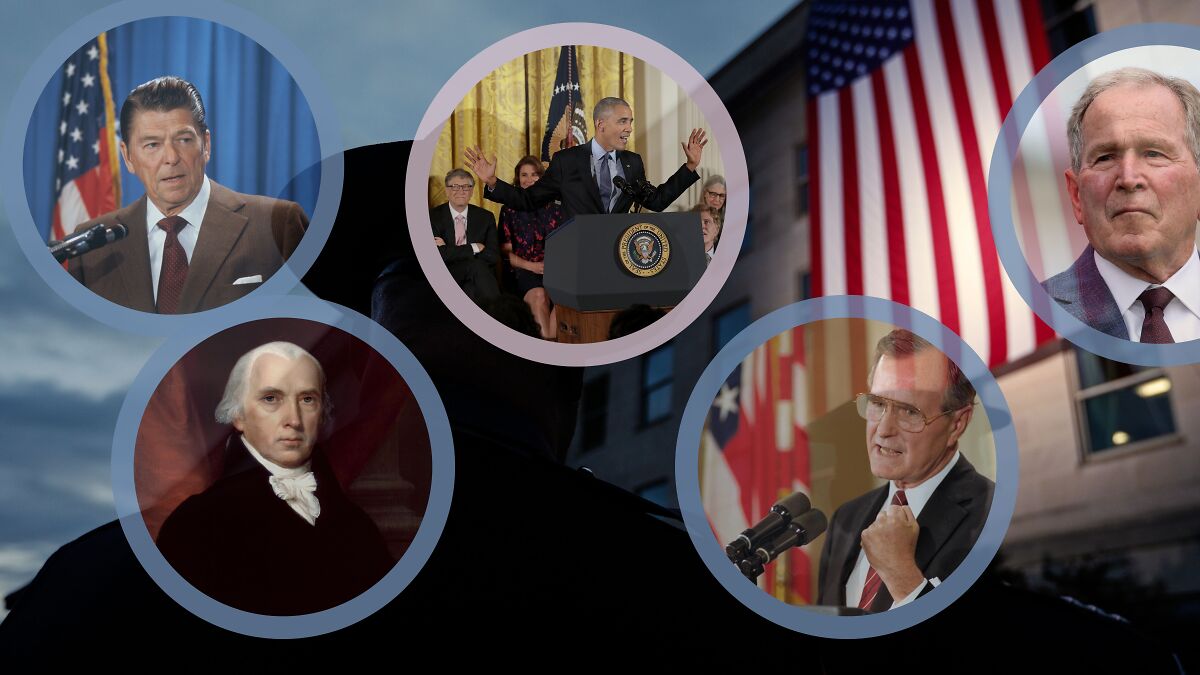
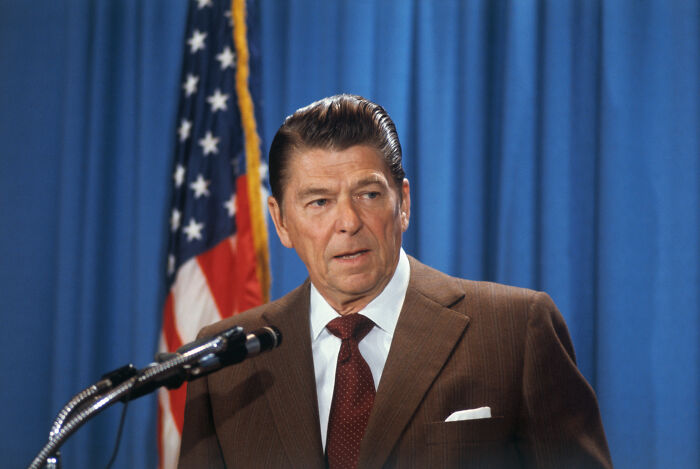
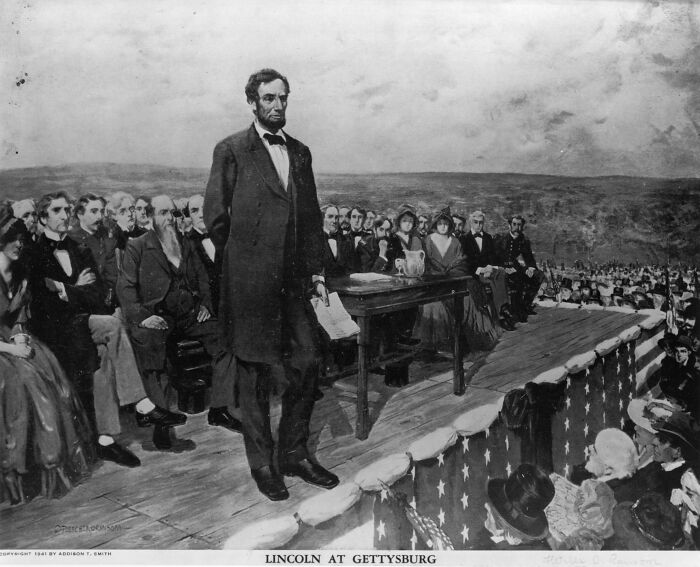
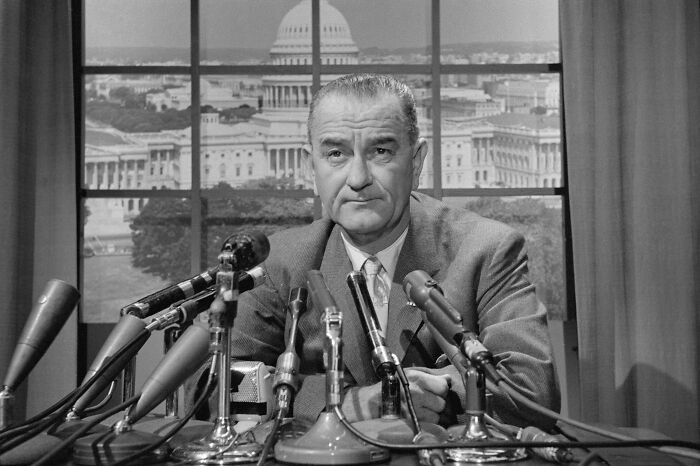
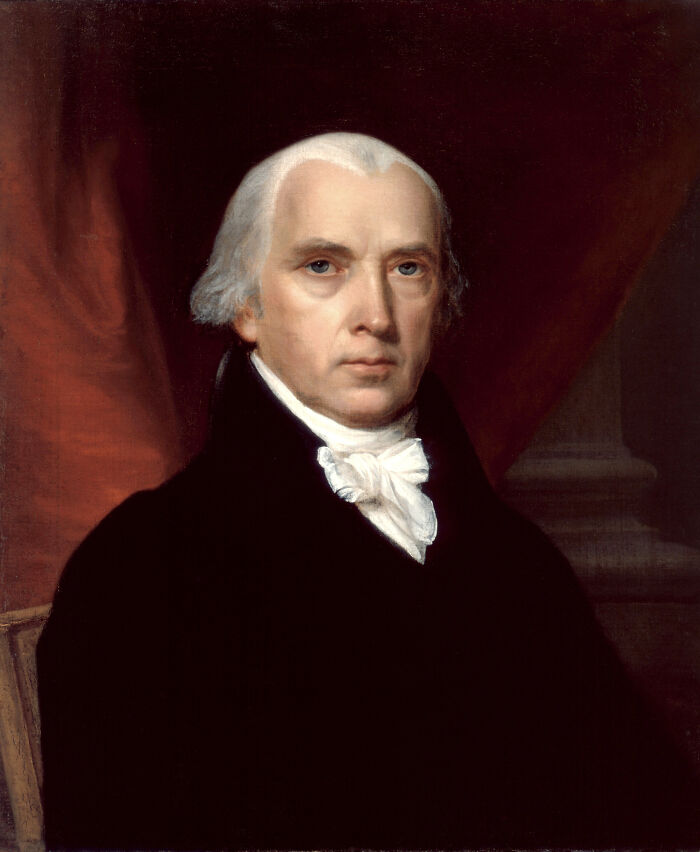
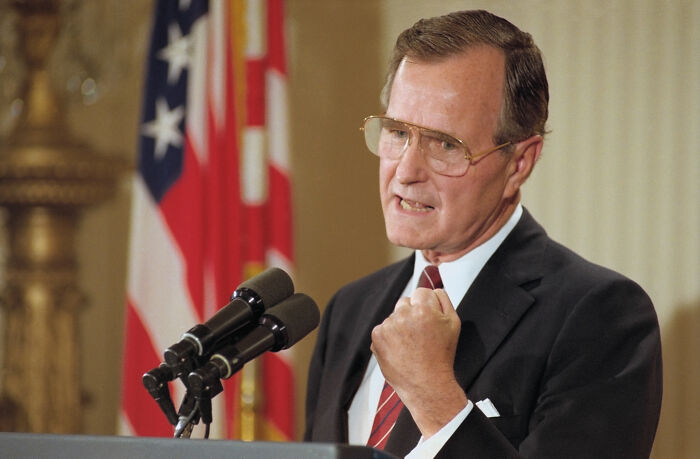

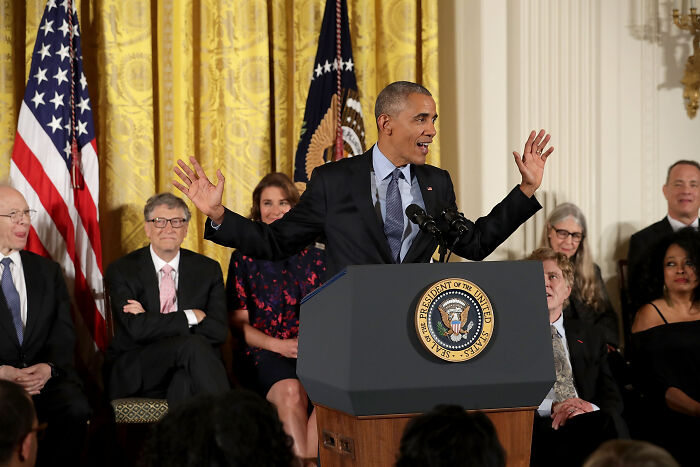
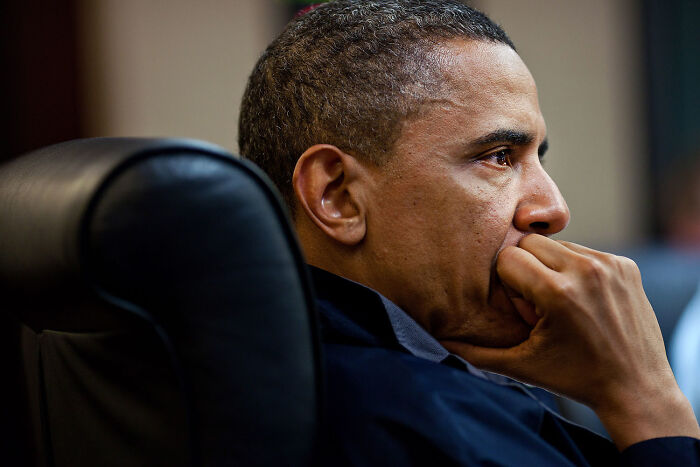



15
0